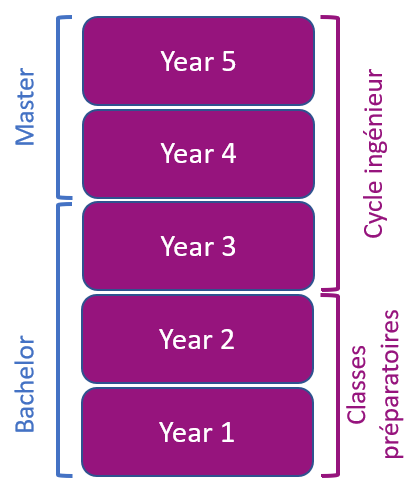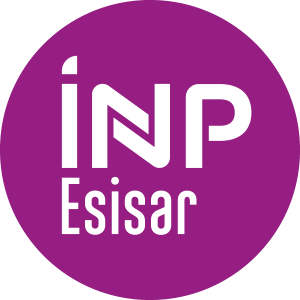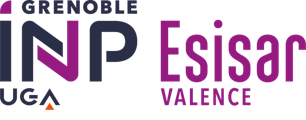Number of hours
- Lectures 15.0
- Projects -
- Tutorials 9.0
- Internship -
- Laboratory works 18.0
ECTS
ECTS 0.0
Goal(s)
At the end of the class the student will be able to :
Use and to implement a UHF RFID system
Realize a wireless communication system based on RFID using electronic elementary bloc
Design a RFID tag
do the link budget to evaluate the read range of a wireless system
Romain SIRAGUSA
Content(s)
- Introduction, history and usecase of the RFID technology
- basics of RFID : Reminder of radiation parameters of antennas and S parameters.
- RF concepts of UHF RFID : The physics behind the communication between a tag and a reader is detailed. The backscattered communication and the radar cross section is explained.
- UHF RFID reader (entire system including the antenna)
- UHF RFID tag (including antenna) : The important step to design an RFID Tag are introduced
- UHF RFID protocol : The ISO18000-6C standard is detailed. The mandatory command and the anti-collision algorithm is explained.
- Practical RFID usecases
- Lab : Design and charactrization of a UHF RFID tag.
Basics of radiation and RF
Moyenne : mean 0.7*Exam+0.3*TP
Exam : examen 1h30 without document with calculator
TP : lab
The exam is given in english only 
The course exists in the following branches:
- Curriculum - EIS - Semester 9 (this course is given in english only
 )
) - Curriculum - EIS (Apprenticeship) - Semester 9 (this course is given in english only
 )
) - Curriculum - - Semester 9 (this course is given in english only
 )
)
Course ID : 5AMSC536
Course language(s): 
The course is attached to the following structures:
You can find this course among all other courses.
[1] H. Lehpamer, RFID Design Principles
[2] Klaus Finkenzeller, RFID-Handbook-Fundamentals-and-Applications-in-Contact-Less-Smart-Cards-and-Identification, 2003
[3] D. Parret, RFID at Ultra and Super High Frequencies, Theory and applications, Wiley
[4] D. M. Dobkins, The RF in RFID, Passive UHF RFID in practice, Newnes
[5] E. Perret, RFID and sensors, from RFID to chipless RFID, Wiley.
What is a grande école ?
French engineering curriculum





